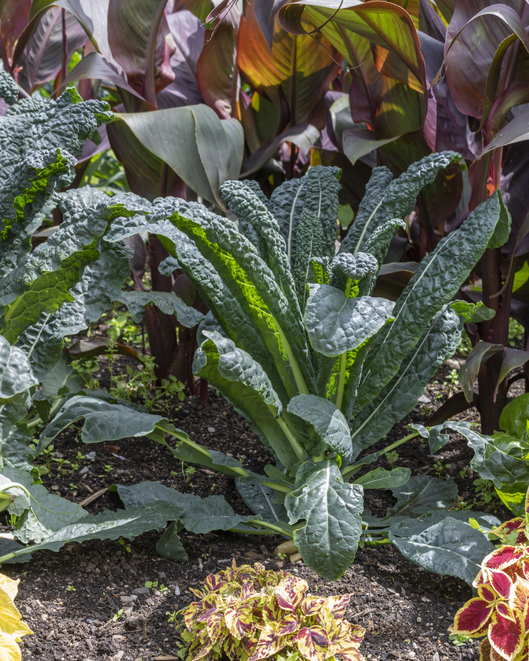by Emily Emshoff
Many a gardener has spent a sunny October afternoon admiring his mums only to wake up the next morning to a winter wonderland and frostbitten flowers.
Georgia’s first frost usually hits in the middle of November, but sometimes it sneaks into the state a little earlier. When it does, University of Georgia experts say it is good to have some supplies on hand and a game plan.
One of the most effective ways to shield plants from frost is to cover them with any of a wide variety of materials, from high quality frost fabric, to blankets and sheets, to newspapers, baskets and straw.
A supply of old comforters or heavy blankets — maybe purchased from local thrift store — will allow you to be ready for that first frost without spending much money. Gardeners should never use plastic sheeting to cover plants because plastic can trap too much heat when the day starts to warm up and actually cook or scorch the covered plant.
It’s best to cover plants before sunset to retain some of the heat that is trapped in the soil and to remove the coverings in the morning to prevent the plants from suffocating.
Simple mulches — like dead fall leaves or straw — are some of the best materials for protecting small plants and flowers, said Paul Thomas, a UGA Extension horticulturist. Gardeners can completely bury their flowers in either the leaves or straw, and then uncover them after the weather warms back up. The flowers will be fine, he said.
Some gardeners save and store the first fallen leaves from their landscapes to use to protect their flowers from the frost during the fall or the next spring.
“It sounds crazy, but if its your prize dahlia and you have a dahlia show coming up, then it’s definitely worth it,” Thomas said.
There are also preventive measures you can take before the frost approaches. Stop fertilizing container gardens six to eight weeks before the first frost date. Finally, water plants two days before the frost is expected — or even the night before — because wet soil retains more heat than dry soil. Also add pine straw or other mulch to planting beds to keep your plant’s root systems from freezing.
The same rules apply to vegetables. First, identify the plants that are most vulnerable to frost. If you’re lucky enough to still have tomatoes, cucumbers, beans, melons and squash growing in late October, keep in mind that they are very susceptible to frost damage. Many fall crops, like broccoli, pumpkins, carrots and beets, can handle a light frost.
Whether the frost is expected, or not, it is important to be prepared and know what to do to save your garden. A few preventative measures and planning will keep you and your garden warm and happy.






